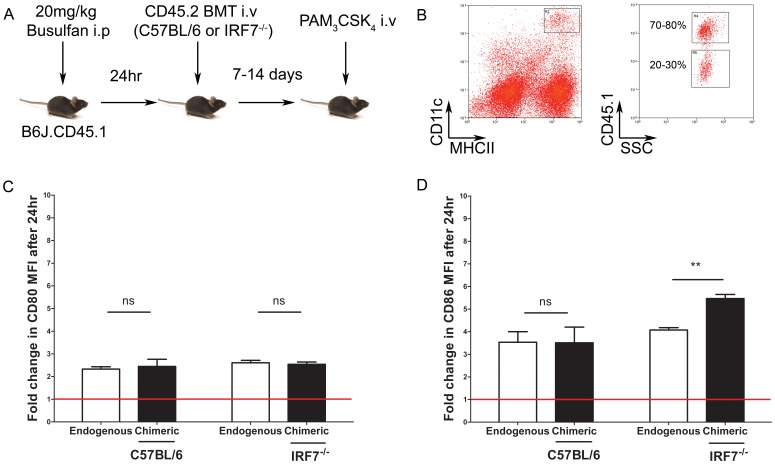Figure 6. IRF7-deficient cDCs show hyper-responsiveness to PAM3CSK4 in vivo even in an IRF7-sufficient environment.
B6.Irf7 −/− or C57BL/6 microchimeric mice were generated by bone marrow transfer into Busulfan-treated congenic B6J.CD45.1 hosts. A. 7 to 14 days post- engraftment, microchimeric mice bearing B6.Irf7 −/− or C57BL/6 chimeric cell populations received 5 µg/mouse PAM3CSK4 intravenously. Splenic CD11chiMHCIIhi cDC compartments in microchimeric animals were comprised of endogenous (CD45.1+) and chimeric (CD45.1-) cell populations (B). After 24 hours, activation of splenic cDCs after PAM3CSK4 administration in vivo was assessed by quantifying changes in surface expression of CD80 (C) and CD86 (D) by flow cytometry. Flow plots in B are representative. Data in C and D show the mean fold change in indicated surface protein ± SEM on endogenous (open bars) and chimeric (black bars) cDCs after PAM3CSK4 injection, compared to the same populations of cDCs in mice receiving PBS. n = 4 per group, representative of two experiments. ** = p<0.01.

